John Everett Millais, Mariana in the Moated Grange
In the Capitol a few blocks away, the kettle was steaming over the latest revelations of the accelerating coup d’état
that is turning U.S. citizens into a population under siege. Within the calm precincts of the National Gallery of Art, a special exhibit on the Pre-Raphaelite Brotherhood, so-called, was on display. If you are near Washington and want to see it, you'd better get there fast, because it closes after this weekend.
The Pre-Raphaelites represented a mid-19th century painting and crafts movement that aimed to reverse what it saw as the decadence and squalor of newly industrialized Britain. It was both openly reactionary and revolutionary, with an odd combination of ideals. It looked backward to an idealized Middle Ages, much as writers such as Tennyson and Scott were doing, when knighthood and romanticism were (they believed) in flower. But in painting technique, despite a theoretical reverence for antecedent styles -- hence the name Pre-Raphaelites -- they favored a sharply detailed and glowing palette that often resembled a fantastical, photography-like realism.
The main figures -- John Everett Millais, Dante Gabriel Rosetti, William Holman Hunt, William Morris, and Edward Burne-Jones, plus several less-known but talented colleagues -- were really more of a neighborhood than a brotherhood. Aside from their dazzling abilities in conveying the tones and textures of the visual world (which this exhibition breathtakingly exemplifies), they had individual styles. One of the many reasons I'm glad to have seen this show is that for the first time I felt that I "got" their differences.
Edward Burne-Jones,
The Princess Sabra Led to the Dragon
I think Burne-Jones in his paintings of women came closest to the sweet purity of Renaissance greats like Leonardo, Botticelli, and Pinturicchio.
William Holman Hunt upheld the same high standards of technical virtuosity as his "brothers," but his earnest religious leanings and hopes of reforming his viewers make some of his pictures cloying. His picture of Jesus, Light of the World (below), is strikingly visualized and gloriously colored, a real traffic stopper in the gallery's display. It was so popular in his time that he made three versions of it and engravings based on it hung on the walls of Christian churches throughout the British Empire and probably in the United States. For all its spectacular hues, though, there is no touch of mystery, no echoes of unseen transcendent reality. Inner life is missing.
Rossetti was not only a painter but a poet and, well, a "character." In his later work he developed a kind of obsession with a certain female face, based on his model Jane Morris (wife of William and, perhaps, Rossetti's mistress). Canvas after canvas portrays the image: puffy Cupid's-bow lips, prominent chin, billowing hair. Compelling and sometimes lovely, but it became a personal cliché.William Holman Hunt upheld the same high standards of technical virtuosity as his "brothers," but his earnest religious leanings and hopes of reforming his viewers make some of his pictures cloying. His picture of Jesus, Light of the World (below), is strikingly visualized and gloriously colored, a real traffic stopper in the gallery's display. It was so popular in his time that he made three versions of it and engravings based on it hung on the walls of Christian churches throughout the British Empire and probably in the United States. For all its spectacular hues, though, there is no touch of mystery, no echoes of unseen transcendent reality. Inner life is missing.
I found myself returning to Millais's paintings. They are not daydreams of a cleaned-up Middle Ages or mere pictorialism -- he melded intense beauty with psychological insight. I won't bother to include his famous Ophelia which everyone interested in art has seen reproduced many times (but the photos don't do justice to the rich colors of the original). For an example of his ability to capture a moment of intimate drama, see A Huguenot on St. Bartholemew's Day.
It's an imaginary (presumably) incident from a real and appalling historical event: the St. Bartholemew's Day massacre in France, 1572, when thousands of Huguenots (Protestants) were murdered at the instigation of the Queen Mother, Catherine de' Medici. In the painting, the young woman is tying a white band, a false-flag symbol of Catholicism, around the her lover's arm in the hope he'll be spared. In a single gesture, he embraces her and tugs off the cloth, choosing death over renunciation of his faith. Without hyperbole or melodrama, it's an immensely touching glimpse of love, human and spiritual, and the wrenching choice tyranny has forced between them.
The Pre-Raphaelites were superb illustrators who often got carried away by their aesthetic ideologies; sometimes, they were far more than that.

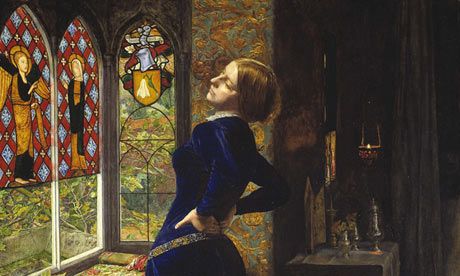
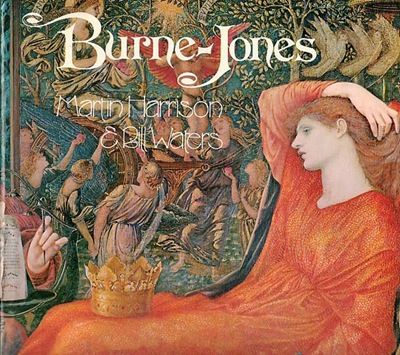
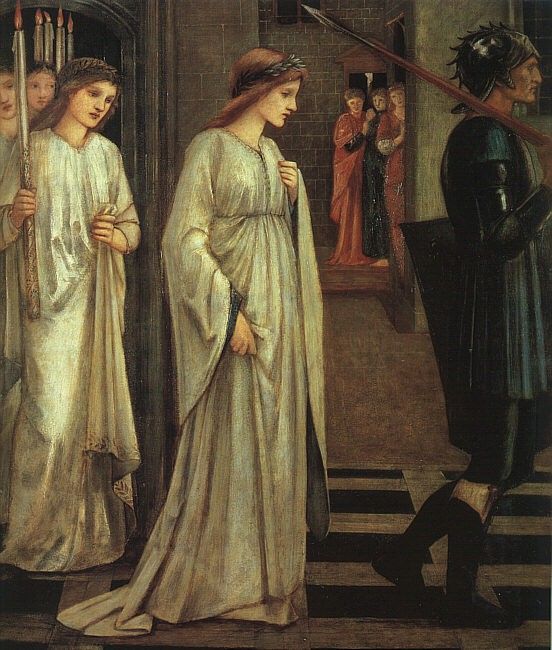
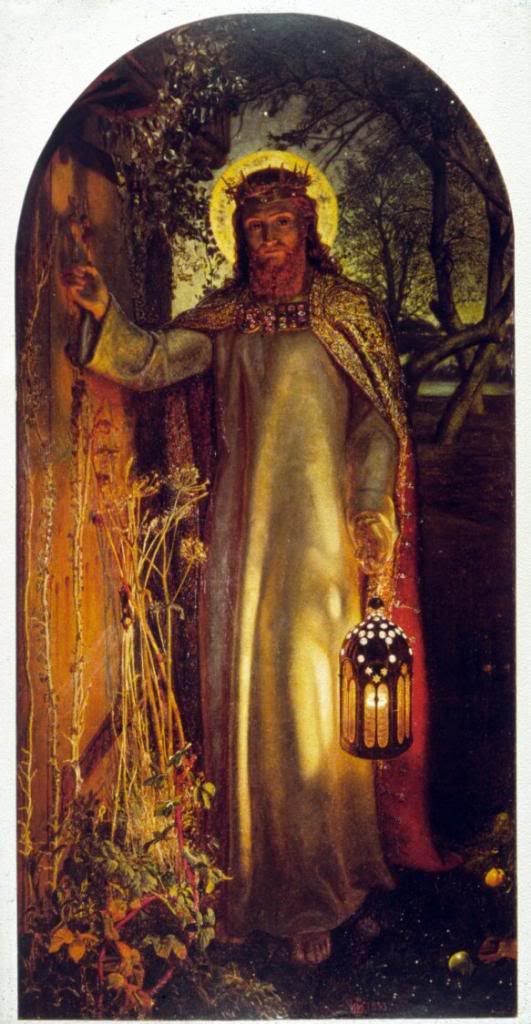
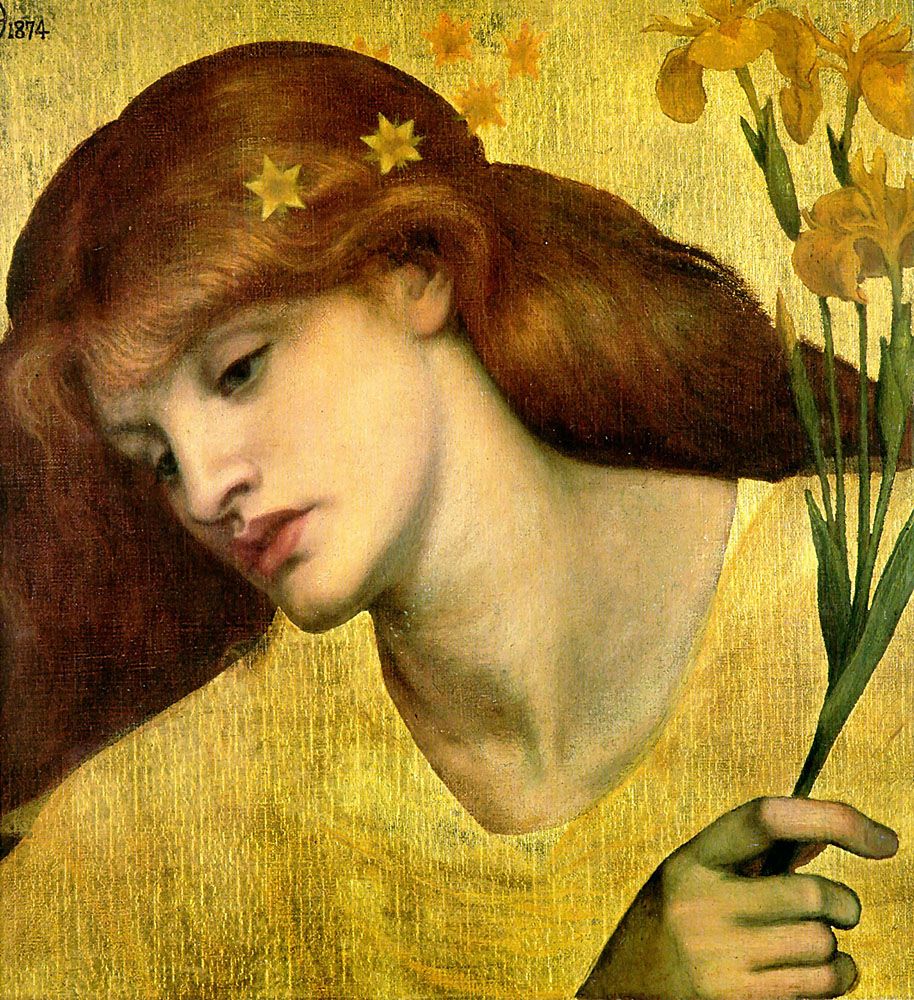
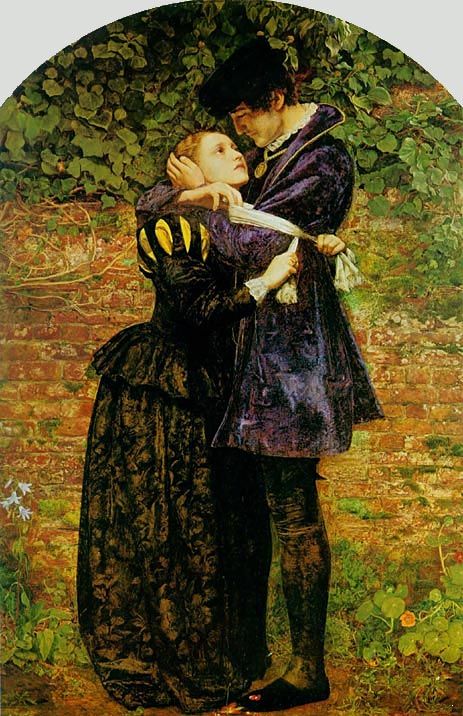

No comments:
Post a Comment